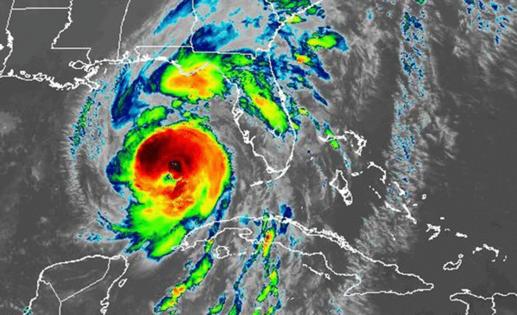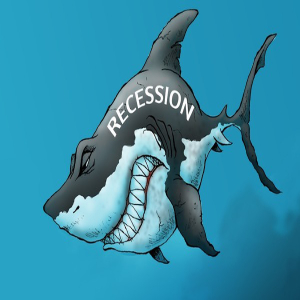NOAA budget cuts could hinder hurricane forecasting and lead to higher costs, experts say
Published in Weather News
CHARLOTTE, N.C. — Without vital data or the right equipment, a hurricane that appears two-days away from landfall one evening could sneak up on everyone — and be right overhead the next morning.
This “sunrise surprise” and the inability to accurately forecast how fast a hurricane is approaching is something that could happen following budget cuts to the National Oceanic and Atmospheric Administration, Marc Alessi, a science fellow with the Union of Concerned Scientists, told the Charlotte Observer.
The agency is also losing access to a key satellite, Alessi added.
The White House proposed to cut NOAA’s budget by $2 billion as reported by The New York Times.
The National Hurricane Center, which is under NOAA, will feel the effects of this 27% reduction. The center is responsible for issuing all hurricane forecasts including the formation, size, intensity and future track of the storm.
The Hurricane Analysis and Forecast System developed by the hurricane center helped scientists predict Hurricane Helene’s episodes of rapid intensification, Alessi said. This research, developed in laboratories, is now at risk.
“We would be losing that development,” he said, adding, “It’s research that we so critically need.”
Outside the budget, the U.S. Department of Defense will no longer provide NOAA data from a satellite that is part of the Defense Meteorological Satellite Program starting July 31.
This satellite uses Special Sensor Microwave Imager/Sounder that allows the hurricane center to locate the storm’s eye and identify episodes of rapid intensification. Its data helps forecasters with accuracy of storm track and intensity.
Without the data, cities may wake up to a much stronger hurricane than what was forecast the night before, Alessi said. This would have major implications on the evacuation and emergency response processes.
“We’ve had this data since the mid-2000s,” Alessi said. “It would be essentially sending back part of our hurricane forecasting ability to the 20th century. It would just be a huge loss.”
Next month, when the agency no longer has access to the satellite, residents will need to pay closer attention to the forecasts, Matthew Eastin, a University of North Carolina at Charlotte professor, warns.
“The forecasts simply aren’t going to be as good as they used to be,” he added.
The proposed cuts will also affect NOAA staff, which worries Eastin because with fewer people it’s harder to decipher what weather models are predicting.
“When hurricanes come through ... the people at the local National Weather Service offices spend a lot of time on the phone talking to local community emergency managers. If there’s less people to make those communications, then it gets more challenging to get the word out and to take timely action to save people’s lives and property.”
The proposed budget plans to cut offices including the six regional climate centers. One of those climate centers, The Southeast Regional Climate Center, serves Alabama, Florida, Georgia, North Carolina, South Carolina, Virginia, Puerto Rico and the U.S. Virgin Islands. The Southeast center is housed at the University of North Carolina at Chapel Hill and was created to address a need for regional climate services in the region.
In addition to increased danger, experts see future economic repercussions from hurricanes.
If areas where a hurricane is expected to hit are broad because of an inability to have accurate forecasting, more cities may be unnecessarily shut down, Eastin said, which costs more money.
“When they issue hurricane watches and hurricane warnings, that costs the local economy $1 million per mile of coastline,” he said.
Also, when hurricane wind speeds are underestimated, damage costs rise by about $500 million. The accuracy of hurricane forecasts from 2007 to 2020 has saved an average of $5 billion per hurricane in emergency funds and damages, according to the National Bureau of Economic Research.
_______
©2025 The Charlotte Observer. Visit charlotteobserver.com. Distributed by Tribune Content Agency, LLC.







Comments